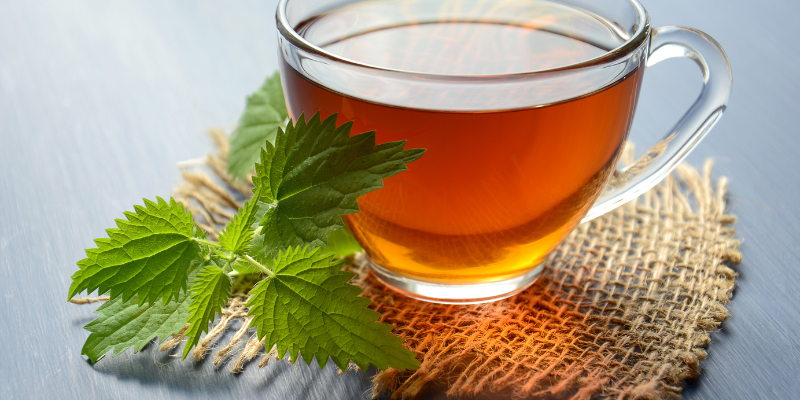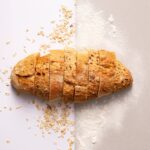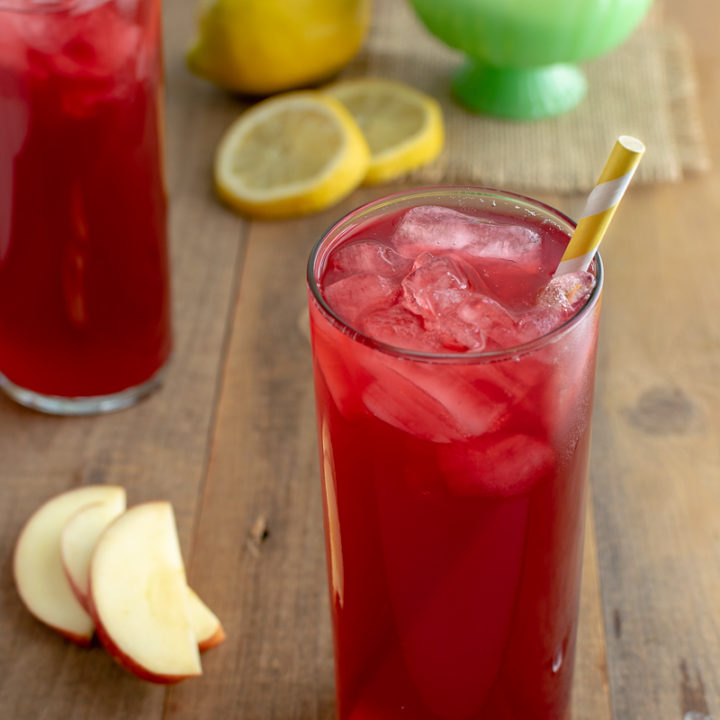Last updated on October 19th, 2023 at 10:17 am
Tea has long been recognized as an indispensable beverage, enjoyed across cultures for its soothing scent, flavor diversity, and potential health benefits. When combined with organic traditional varieties such as Earl Grey Tea, brewing an ideal cup requires skill – an artform that results in transcendent tea-drinking experiences. This article explore this phenomenon further here with particular reference to organic varieties, which connect us both culturally and provide nourishment from Mother Earth herself.
What is Organic Traditional Tea
Before searching for an ideal cup, you must understand what organic traditional tea means. Organic Tea refers to Tea grown without synthetic pesticides, herbicides, or chemical fertilizers during cultivation – thus protecting the environment and health in equal measures. On the other hand, Traditional Tea emphasizes age-old cultivation methods, which keep its authenticity alive as its leaves stay fresher for longer.
Organic and traditional tea blends produce delectable beverages that taste exquisite and are produced sustainably, paying respect to their historical roots. Grown organically under expert tea artisans’ caregiving, it is an experience beyond ordinary drinking, taking you on an incredible journey back through time and nature every time you sip one!
You’ll Also Like: Unleashing the Tangy & Sweet flavors of Passion Tango Tea
Select Organic Traditional Tea
Selecting suitable leaves for brewing can be challenging as part of an ideal organic traditional tea experience. Tea comes in various varieties ranging from black Tea to green, oolong, and white varieties, each possessing individual properties and profiles for taste preferences and characteristics. See Seven Teas to buy organic teas. When making informed selection decisions, consider these factors:
1. Savor Preference: What flavor best pleases you – bold and robust taste (black Tea), delicate vegetal notes in green Tea, or something in between (oolong tea)? Allow your sense of taste to guide the selection process.
2. Caffeine Content: While all varieties of Tea contain caffeine, levels vary significantly by variety; black is generally the most vital source, followed by oolong, green, and white options – select according to your energy needs!
3. Aroma and Aesthetics: Aroma plays an integral part when selecting tea leaves. Different varieties provide floral, earthy, or fruity notes, while others possess more subdued fragrances. In addition, consider the visual appeal of dry leaves relative to dry looks to find your ideal selection.
4. Health Benefits: Tea offers many potential health advantages, from antioxidant-packed green varieties such as matcha green to the heart-health benefits associated with black varieties. Do your research before purchasing or sipping.
Once you’ve selected an organic tea vendor, be sure they provide credible certifications that verify its organic status and authenticity; consider supporting fair trade practices that assist communities producing Tea as part of fair trade arrangements;
Beginner’s Step-by-Step Guide to Beer Brewing.
Brewing organic traditional Tea requires patience, precision, and deep respect for its ingredients. Here is our step-by-step guide on brewing the ideal cup:
Step One: Accumulate Equipment
When purchasing your teapot or infuser, look for ceramic or clay pots that allow your leaves to open fully and expand freely; they tend to preserve flavor better than their metal counterparts.
Choose High-Quality Water: When selecting water to brew your Tea, always opt for fresh and filtered varieties; water quality immediately impacts its taste.
As an approximation for optimal Tea leaf results, an approximate starting point would be one teaspoon per 8 ounces of water as an approximate measurement.
Kettle: Preheat water at the correct temperature according to what type of Tea you intend to enjoy: black (boiling), green (170-185degF/76-85degC), oolong (185-205degF/85-896degC), or white (161-185.5degF 71-85.5degC).
Step Two – Preheat Your Teapot
Pour some hot water into a teapot or infuser and swirl it to warm its interior surface and maintain an optimal temperature in this vessel for brewing Tea or infusing coffee. Doing this ensures optimal conditions when creating delicious beverages.
Step Three: Measure and Add Tea Leaves
Once your teapot or infuser has reached the desired temperatures, add in measured tea leaves that you have measured out and begin pouring the quantities into it. As their leaves open to reveal flavors that come alive for you to experience and start unfurling before your eyes – their journey back home begins!
Step Four – Brew with Precision
It is time to prepare the hot water and steep your tea leaves at an appropriate temperature based on your type and quantity (typically 8 ounces/240 milliliters for every teaspoon of tea leaves). Pour it over them slowly while covering them completely; try not to pour too quickly over any leaf, as this might wilt it too quickly! The ratio will depend on what strength of Tea you prefer (typically 8 ounces/240 milliliters).
Step Five: Steep Mindfully
Steeping time is integral in crafting the ideal flavor profile in any tea you brew; use an alarm according to what kind of brew is being prepared; setting the alarm may change results significantly.
Black Tea takes 3 – 5 minutes for infusing and steeping time, Green Tea (2-4) Min, and Oolong (3 to 4) minutes; in contrast, White Tea takes 2-5 min for steeping and infusion time.
As overstepping will increase bitterness in your final beverage, be mindful not to steep for too long; milder flavors require shorter steep times, while more potent varieties require additional steep times.
Step Six: Delectate Aroma
As your tea brews, appreciate its aromatic qualities and let its fragrance transport you back to its source – tea gardens and terraces, where their cultivators carefully nurture these leaves.
Step Seven: Pour and Enjoy
Carefully pour your tea into a cup once your steeping time has elapsed. If using an infuser, remove it to avoid overstepping; take your first sip carefully! Savour its flavors on your palate by swirling it around in your mouth – then fully appreciate its taste with every sip taken!
Optional Additions: Depending on your taste preferences, optional additions might include honey, sugar, or lemon slices to enhance its flavor further; traditionalists usually prefer organic traditional Tea without any add-ins to fully appreciate its pure essence of leaves.
Step Eight: Energize Your Experience
Tea is one of nature’s great pleasures – not only when taken for its initial sip but with each subsequent one, too! Organic traditional Tea offers unique layers of flavor with each infusion,. At the same time, high-quality varieties allow multiple steeps, which produce subtle changes to taste and aroma with each cup brewed – simply repeating this process while altering steeping times accordingly will bring renewed enjoyment!
Brewing organic traditional Tea is an art that blends nature’s finest ingredients with age-old traditions and mindfulness practices to craft exquisite cups that transport you back through time to distant gardens, connecting us to artisans who grow precious leaves so that we may taste them and appreciate their labor of love.
As you venture upon this voyage of tea discovery, remember this: Tea offers more than simply beverages – it provides sensory experiences and reflection time while connecting us all back through history. Each cup tells its tale, with every sip becoming part of its narrative.

At Bridge House Tavern, we’re more than a team of food enthusiasts; we’re a culinary journey waiting to be savored. Our five-member crew is on a relentless quest to explore, create, and share the wonders of the gastronomic world.





